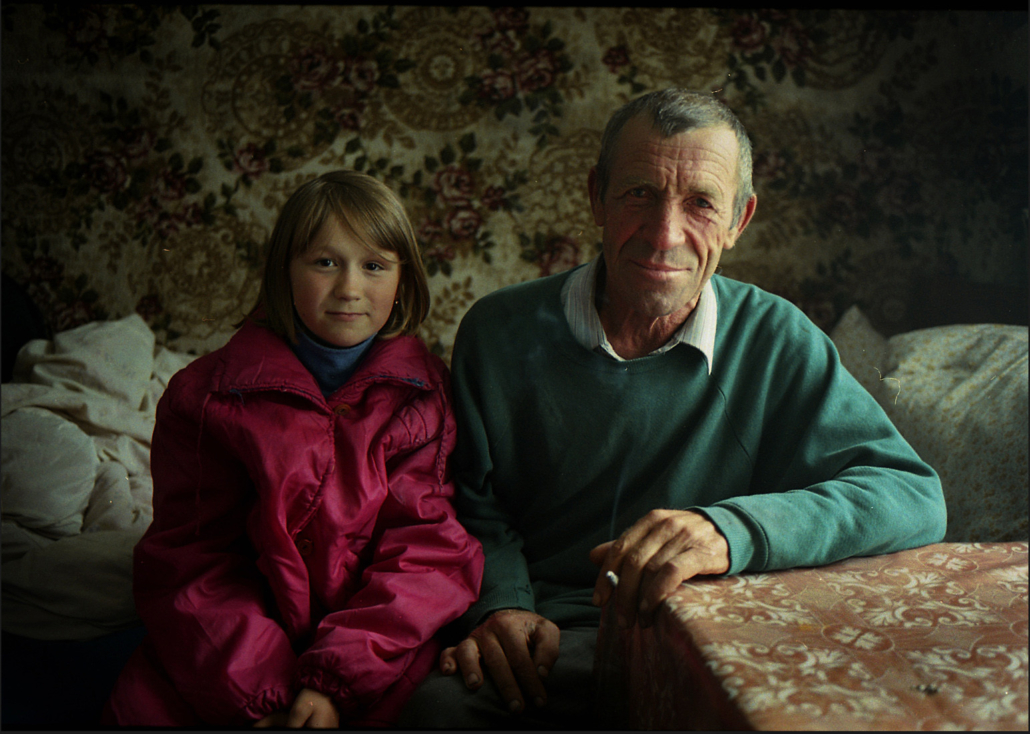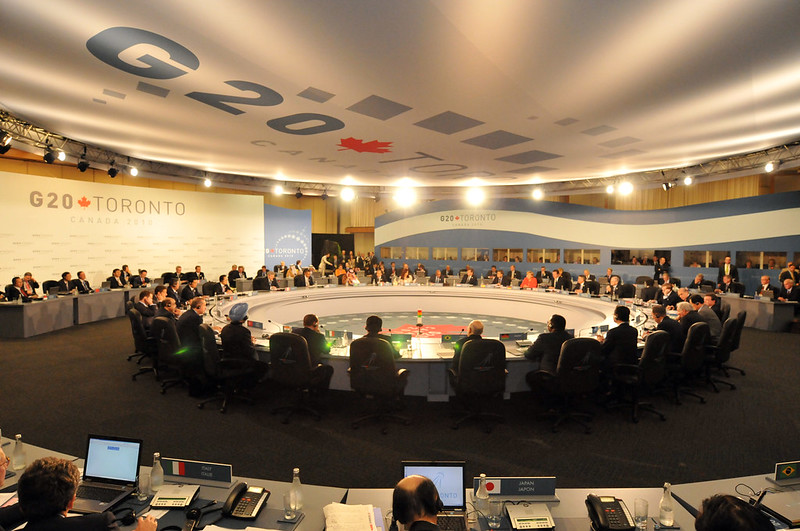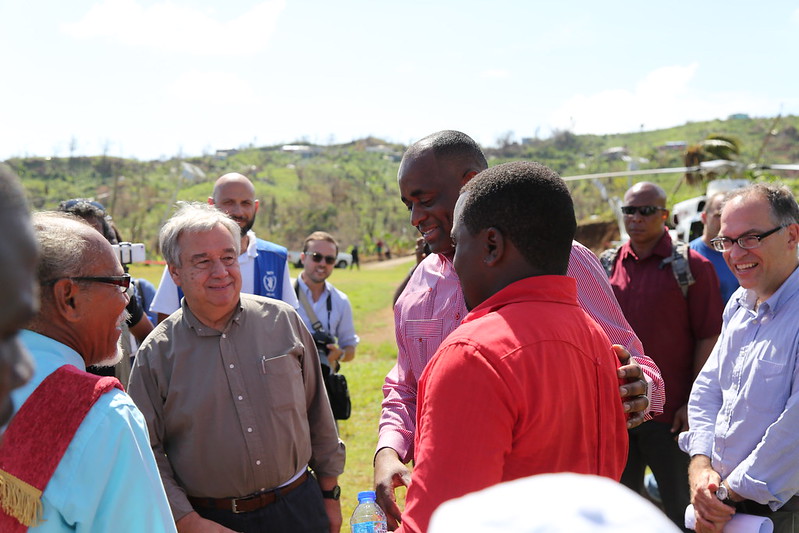 Haiti, a neighbor to the Dominican Republic, is experiencing a food insecurity crisis on account of gang violence, political instability and economic turmoil, increasing poverty and food shortages. The gang violence has led to a disruption in food distribution and access for individuals such as children and families with pregnant women, who are displaced within the capital of Haiti, Port-au-Prince. Changing weather and limited agriculture have contributed to food insecurity in Haiti, resulting in 5.4 million Haitians experiencing hunger. Changing weather patterns is making it difficult for Haitian crops to grow as natural disasters are continuously coming by sweeping the sparse crops away. Haitians in Port-au-Prince, especially those who are displaced, are also having a hard time either being able to afford or reach food supplies, contributing to food insecurity in Haiti. Fortunately, organizations around the world are coming together to help feed Haitians who need help.
Haiti, a neighbor to the Dominican Republic, is experiencing a food insecurity crisis on account of gang violence, political instability and economic turmoil, increasing poverty and food shortages. The gang violence has led to a disruption in food distribution and access for individuals such as children and families with pregnant women, who are displaced within the capital of Haiti, Port-au-Prince. Changing weather and limited agriculture have contributed to food insecurity in Haiti, resulting in 5.4 million Haitians experiencing hunger. Changing weather patterns is making it difficult for Haitian crops to grow as natural disasters are continuously coming by sweeping the sparse crops away. Haitians in Port-au-Prince, especially those who are displaced, are also having a hard time either being able to afford or reach food supplies, contributing to food insecurity in Haiti. Fortunately, organizations around the world are coming together to help feed Haitians who need help.
Food Insecurity in Haiti and the Malfety Canal
A variety of reasons make it hard for Haiti to feed itself, one of them being its reliance on imported goods. Improving infrastructure could be beneficial in lessening dependence on other countries’ goods and ensuring a more sustainable way for Haiti to feed itself in the future. Different organizations, such as P4H Global, raise money to support community-led building for canals, bridges and various other infrastructures that allow Haiti to become self-sufficient and feed itself.
According to the P4H Global, the Malfety Canal will allow the water located at the border between the Dominican Republic and Haiti to be distributed to the Malfety community. The Mafety Canal will irrigate about 7,000 agricultural land leading to a consistent water supply during dry seasons, and improved crop production by providing controlled water. The controlled water supply will then lead to more diverse crop production and better economic growth for Haiti because it will provide a more stable income for farmers and better prices for consumers. The water will allow the Haitians to start producing food for their people and start the end of the substantial imported goods.
How WFP Is Fighting Food Insecurity in Haiti
The United Nations World Food Programme (WFP) is currently helping feed people in Haiti. The WFP first started helping Haiti back in 1969. It then partnered with the World Bank back in 2019 to maximize its impact on countries struggling with food insecurity. With food insecurity in Haiti getting worse, the WFP, the World Bank and local NGOs have been providing food assistance for hot meals, cash transfers and school feeding programs to ensure that the people are being fed.
Combating Climate Challenges
The World Bank is working tirelessly to help Haiti combat climate issues through climate-smart agriculture. The organization first started helping Haiti through the Emergency Resilience Agriculture for Food Security project in March 2022. The World Bank claims that practicing climate-smart agriculture such as irrigation systems helps minimize the damage of natural disasters which overall leads to the Haitian community not having to rebuild every time there is a catastrophe. The project developed in 2022 has currently led to irrigation and drainage on 2,244 hectares. The World Bank is also funding 115 all-inclusive agricultural schools to teach the Haitians about farming impacting 21,739 farmers (44% of whom were women), covering an agricultural area of 11,113 hectares.
Looking Ahead
In response to food insecurity in Haiti, organizations around the globe are helping Haiti. P4H Global, an organization run by Haitian citizens and descendants, is building infrastructure like the Malfety Canal to provide a reliable water supply for agriculture. Meanwhile, the WFP and the World Bank are working together to feed the Haitian people through hot meals, cash transfers and school feeding programs. Climate challenges have also impacted Haiti but organizations like the World Bank are working with the Haitian people by teaching and providing them with climate-smart agriculture. Hopefully, these efforts will reduce food insecurity in Haiti moving forward.
– Naysa Saint Fleur
Naysa is based in Fort Myers, FL, USA and focuses on Global Health for The Borgen Project.
Photo: Flickr






 In 2023,
In 2023,  The Kalinago, indigenous peoples of
The Kalinago, indigenous peoples of 
